

THE MILLENNIAL IDENTITY
In the realm of brand strategies, the word “Millennials” is supposed to describe the generation born between 1980 and the mid-2000s: a generation that has grown up with internet, with Social Media, with digital. The word seems to be everywhere nowadays, yet there is disagreement about what the concept means or even whether or not it should exist. It is described by some as an unhealthy obsession brands and marketers have, by others as a meaningless term coined to encompass and simplify a diverse reality. Even those who seem to fit the description perfectly don’t identify themselves as “Millennials”.
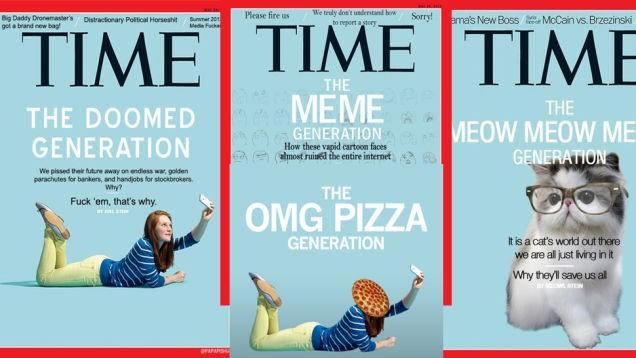
When it comes to brand strategies, it’s crucial to acknowledge the contrasting realities among Millennials. Furthermore, the overly optimistic Millennials in the US are not disillusioned European Millennials. Chinese Millennials do not seem to exist as the country thinks by decades. The post 80s and 90s Chinese generations are considered by many researchers to be very dissimilar and want different things in life. Again, the concept of “Millennials” seems like an attempt to stereotype a generation and put very different things under one label.
However, no matter its shortcomings and faults, the term “Millennials” describe a set of behaviors we can all observe around us. It is most noticeable and more frequent in teenagers and people from 18 to 34 but can be seen in older people as well. Perhaps more than a generation breathing Wifi and eating Digital for breakfast, Millenials are defined by a unique set of behaviors.
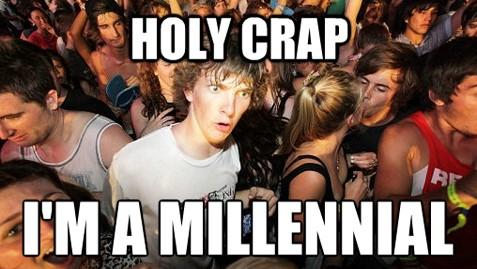
To say Millennials are ‘always online’ hardly describes them. A lot of them are always working online, or they are, as the previous generation called it, “surfing the web.” As a note, millennials don’t “surf.” They “browse the internet,” they are immersed in it. They are not discovering or going on websites; they swipe, they scroll, they troll, they comment.
Here are a few things brands should know about Millennials and digital:
These behaviors online define Millennials more than age. However, more than any of these behaviors, what defines them is this: Millennials know what is “digitally cool.” It had to be said. A Millennial knows the latest online communities, the latest popular app, what is trending on Social Media. Anything can become popular incredibly quickly and disappear, or it can become more than a trend in a fleeting internet culture. Millennials have a language of their own, and the digital world allows that language to be more and more developed.
The hardest step for brands is to establish trust, the beginning of any relationship: 95% of Millennials say that their friends are the most reliable source of product information, and 67% of them have never clicked on a sponsored advertising. Millenials do not trust brands easily and are unlikely to trust them if they are dishonest in their advertising.
DO’S & DON’TS FOR BRANDS TRYING TO REACH MILLENNIALS
In the ever-evolving world of brand strategies, it is paramount to create captivating and concise content that aligns with the fast-paced scrolling habits of online users. The content must be original, to the point, and adapted to quick scrolling. For example, brands like Expedia or Lowe’s have understood that pictures and videos are a good way to grab the attention: Expedia’s Instagram account and Lowe’s Vine account are popular because they provide quality and useful content in an accessible way. The content doesn’t feel too “sales-y” (68% of Millennials are less likely to buy if it is) and can be digested quickly.
Content that will make them look good, “share-worthy” or “status-update” worthy content is what you want here. But remember to stay close to your product. Microsoft learned that the hard way when it tried to use the dubstep trend without any context:
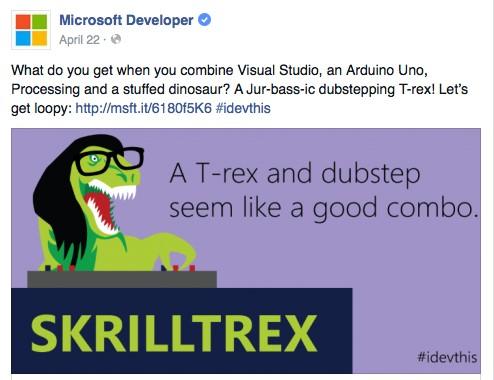
Target your customer more precisely; show your customers the data you have collected is used to offer them services and products tailored to their needs. Brands like the Ritz-Carlton have managed to raise its brand awareness significantly by using non-aggressive banners. Others have attracted focus to a single product line to attract attention. Travel companies and search engines also use precise targeting, making customers feel like the brand is keeping up with its personal activities.
Of course, another way to make customers feel valued is a good CRM. The example of an Amazon employee using Norse mythology to answer a customer on live-chat has become famous. Other companies have impressive customer service on Social Media: KLM and Walmart have very fast response times and always manage to make the customer walk away feeling valued. This is especially important and not enough brands have understood it yet: only 11% of retail brands answer within an hour.
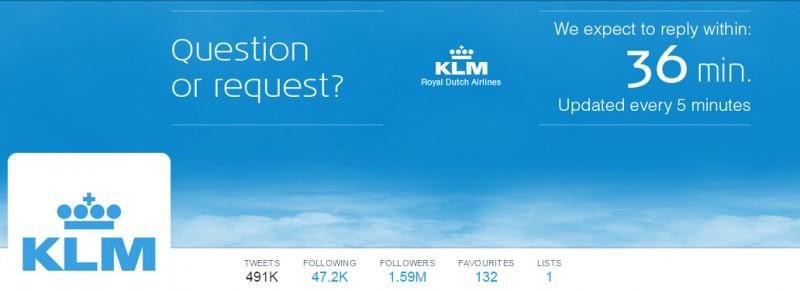
Millennials love to see brands humanized. Some brands have found the right tone, professional when there is a problem, reassuring customers, but able respond to “haters” and negative comments with very witty remarks.
Millennials value creativity above all: when asked to choose values describing themselves, creativity is always in the top three. To reach this audience, having creative content is a must. Millennials have often been described as “narcissistic” but the truth is they are often just looking for an outlet for self-expression. Brands giving them the recognition they crave will definitely have an edge.
Millennials also like brands to be a part of their daily lives and to participate in some trends when relevant. However, there seems to be a problem of synchronicity here: some brands are too late to jump on the bandwagon and some brands are so eager they look a little desperate. It’s all about timing and execution. For example, Oreo surprised everyone with the tweet “you can still dunk in the dark” during the power outage that crippled the 2013 Super bowl. The timing and execution were perfect.
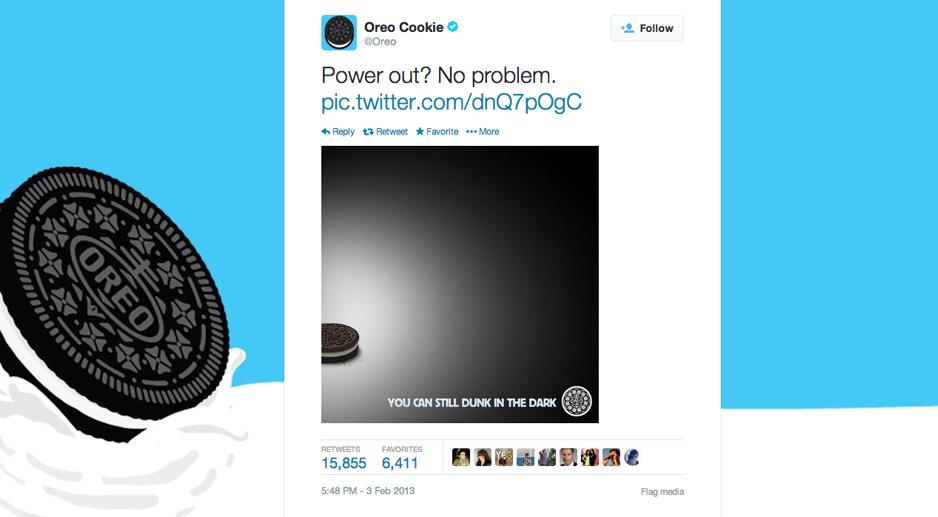
This should be done cautiously. Not all trends can be linked to your brand and sometimes it may be better for brands to stay silent.
Millennials know brands collect data about them and usually give it freely in exchange of better targeted, more relevant ads. At best they mock brands who throw general ads at them. At worst it annoys them and sets them against the brand. For example McDonald’s constant ads on Instagram have become something of an internet joke.
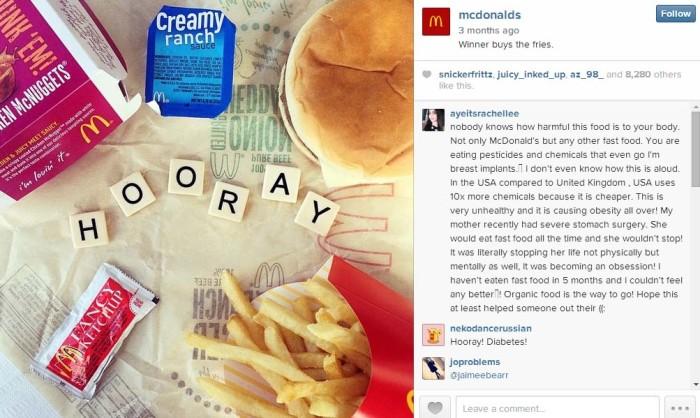
Brands should not throw general ads at Millennials without targeting the relevance of the ad according to: their age, their location, and their cultural interests.
Blatant self-promotion on Social Media is not well received by Millennials that believe Facebook and Twitter are relational tools not transactional ones. Artificially creating a dialogue will not work either, as JP Morgan found out with their hashtag #AskJPM (which they quickly cancelled). The approach of consistently battering them with ads will not work on Millennials.
As to brand strategies, some brands try too hard to appeal to Millennials. These brands make ads so desperate they are almost cringe worthy.
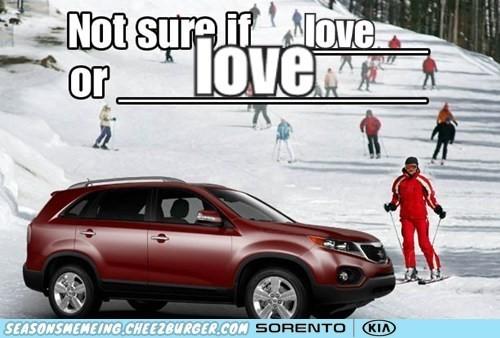
Internet culture, memes, and all these references have a time and a place – a context. Trying too hard to get “the cool kids” to like you might backfire and leave you with a bad brand image. However that is not to say Social Media or attention to Millennials’ values should be ignored or underestimated; they can influence brand image considerably.
Nestlé’s image was badly hurt by Greenpeace activists who launched a Facebook campaign against the brand’s deforestation activities. Mc Donald’s image was hurt by their never ending Instagram ads or by their #mcdstories hashtag. On the other hand brands like Oreo, RedBull or GoPro have reaped the benefits of a strong Social Media investment by appealing to Millennials.
Millennials definition of “deceptive” may be vaster than what you would expect. A link failing to deliver the content it promised or turning out to be a paying service is viewed as deceptive. Gray areas and deceptive language, a failure to deliver what was promised is not well received by Millennials.
They don’t like Native Advertising because it feels sneaky and not up front. The fact that most of them would rather have banner ads than sponsored articles show how adverse they are to anything trying to sneak past them. Surveys have shown Millennials feel deceived upon learning a video that they have just watched was sponsored.
CONCLUSION
When it comes to targeting Millennials, brands can benefit immensely by adopting best practices while considering their unique brand attributes. We encourage brands to use these best/worst practices as an example, but keep in mind your brand’s unique characteristics. Millennials may seem like a difficult target to reach, or like a demanding and entitled generation, but brands that have made the effort of understanding them have been rewarded hugely in terms of brand awareness and brand value.
A Labbrand Group Company © 2005-2025 Labbrand All rights reserved
沪ICP备17001253号-3To improve your experience, we use cookies to provide social media features, offer you content that targets your particular interests, and analyse the performance of our advertising campaigns. By clicking on “Accept” you consent to all cookies. You also have the option to click “Reject” to limit the use of certain types of cookies. Please be aware that rejecting cookies may affect your website browsing experience and limit the use of some personalised features.